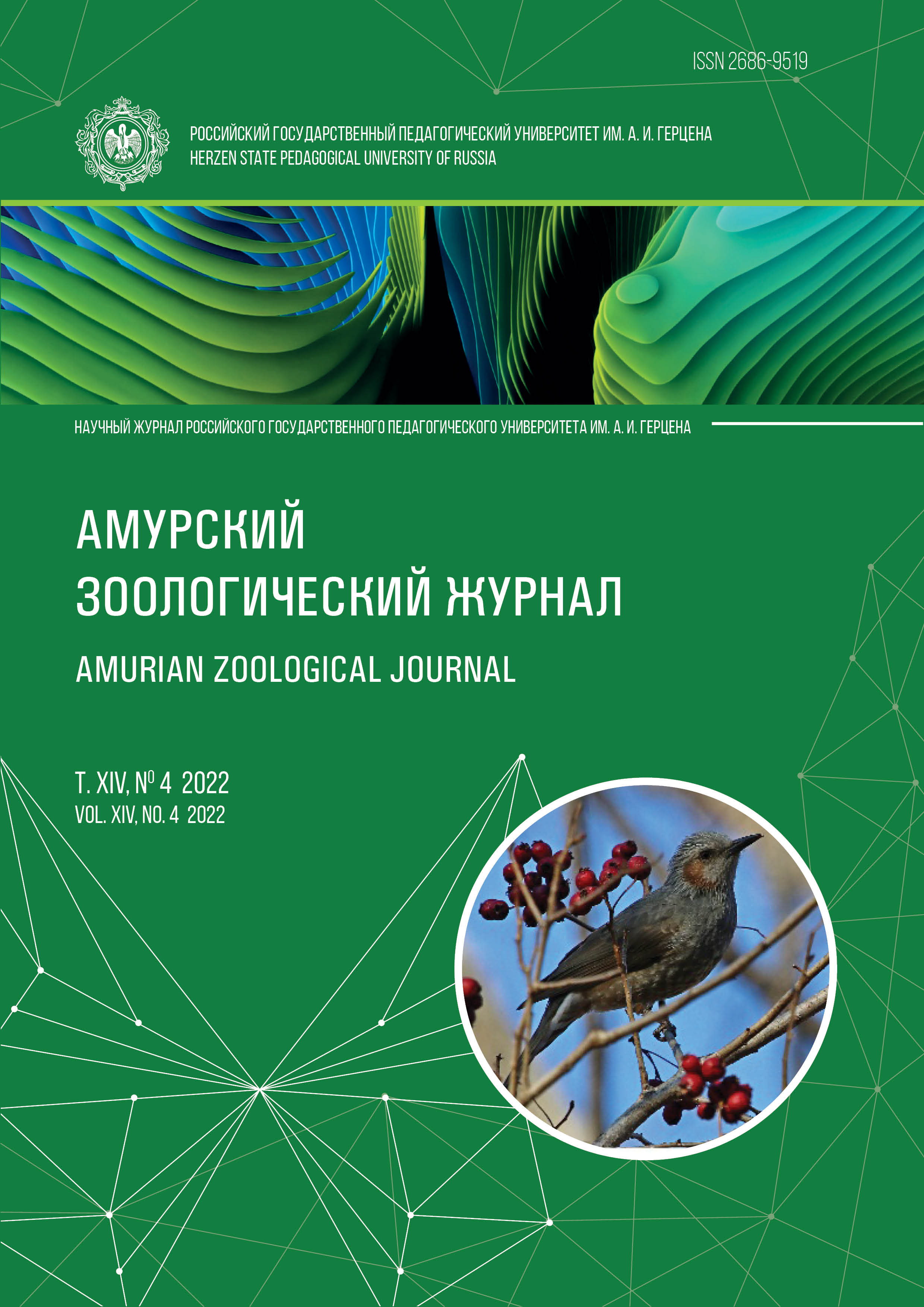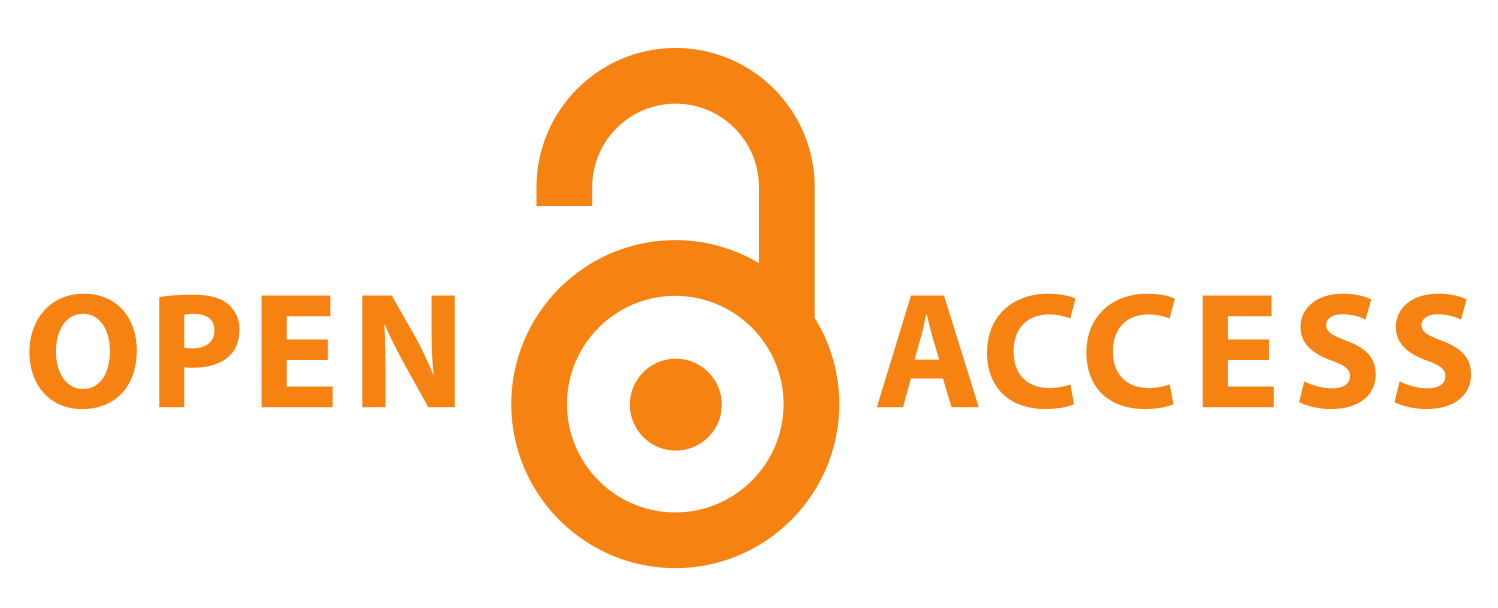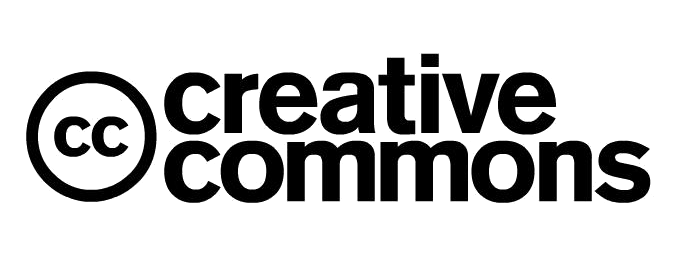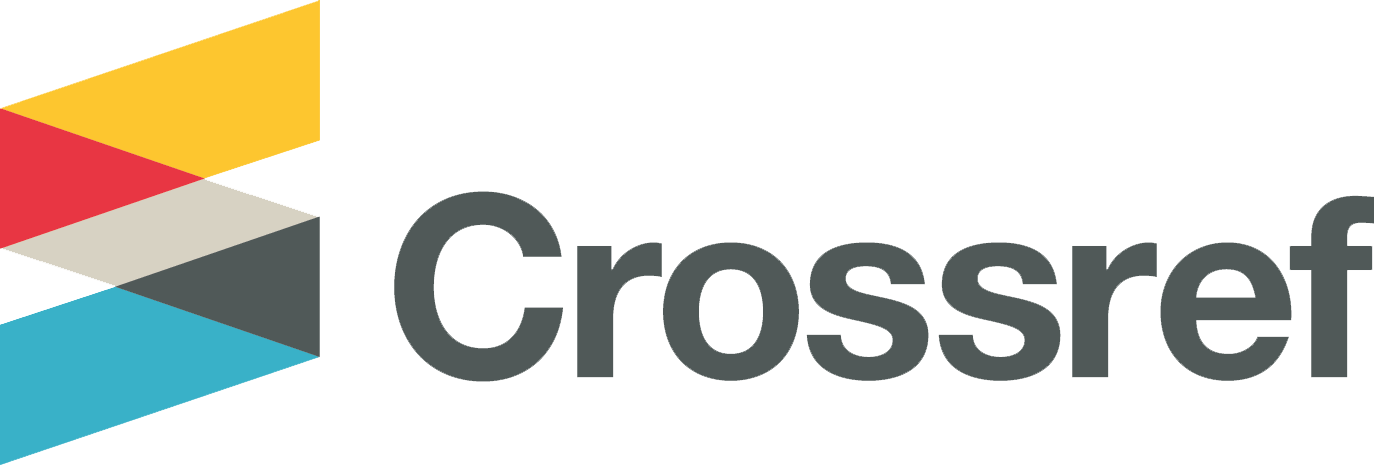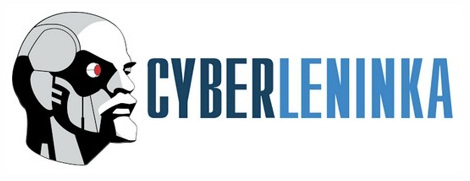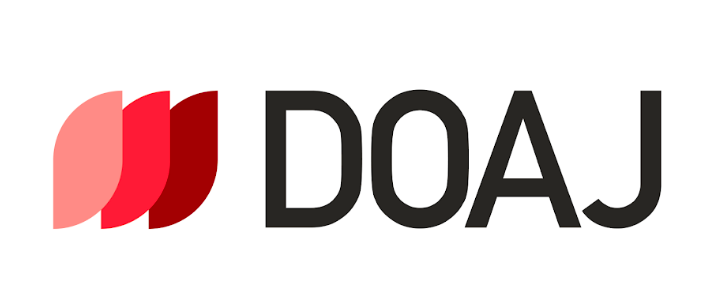Two new species of gelechiid moths from the genus Namlika M. Omelko et N. Omelko (Lepidoptera: Gelechiidae, Gelechiinae) from Borneo
DOI:
https://doi.org/10.33910/2686-9519-2022-14-4-655-661Keywords:
Lepidoptera, Gelechiidae, Namlika, new species, Malaysia, BorneoAbstract
Two new species of gelechiid moths from the genus Namlika M. Omelko et N. Omelko, previously known from one species from Central Laos, are described from Borneo. N. davidi M. Omelko et N. Omelko 2019 — the type species of the genus — and the new species share the structure of the labial palpi with tufts of scales on the middle segment and the pattern of the forewings, the shape of the uncus, gnathos, cucullus and sacculus of valvae as well as processes at the base of the aedeagus in the male genitalia. Unlike the type species, the bursa copulatrix in the female genitalia of the new species has a paired horn-shaped, rather than a ribbon-shaped signum.
References
Литература
Омелько, М. М., Омелько, Н. В. (2019) Новые роды и виды выемчатокрылых молей подсемейства Gelechiinae (Lepidoptera, Gelechiidae) из Лаоса и Малайзии. Амурский зоологический журнал, т. XI, № 2, с. 131–140. https://www.doi.org/10.33910/2686-9519-2019-11-2-131-140
References
Omelko, M. M., Omelko, N. V. (2019) Novye rody i vidy vyemchatokrylykh molej podsemejstva Gelechiinae (Lepidoptera, Gelechiidae) iz Laosa i Malayzii [New genera and species of Gelechiid Moths from the subfamily Gelechiinae (Lepidoptera, Gelechiidae) from Laos and Malaysia]. Amurskij zoologicheskij zhurnal — Amurian Zoological Journal, vol. XI, no. 2. pp. 131–140. https://www.doi.org/10.33910/2686-9519-2019-11-2-131-140 (In Russian)
Downloads
Published
Issue
Section
License
Copyright (c) 2022 Mikhail M. Omelko, Natalia V. Omelko

This work is licensed under a Creative Commons Attribution-NonCommercial 4.0 International License.
The work is provided under the terms of the Public Offer and of Creative Commons public license Creative Commons Attribution 4.0 International (CC BY 4.0).
This license permits an unlimited number of users to copy and redistribute the material in any medium or format, and to remix, transform, and build upon the material for any purpose, including commercial use.
This license retains copyright for the authors but allows others to freely distribute, use, and adapt the work, on the mandatory condition that appropriate credit is given. Users must provide a correct link to the original publication in our journal, cite the authors' names, and indicate if any changes were made.
Copyright remains with the authors. The CC BY 4.0 license does not transfer rights to third parties but rather grants users prior permission for use, provided the attribution condition is met. Any use of the work will be governed by the terms of this license.
